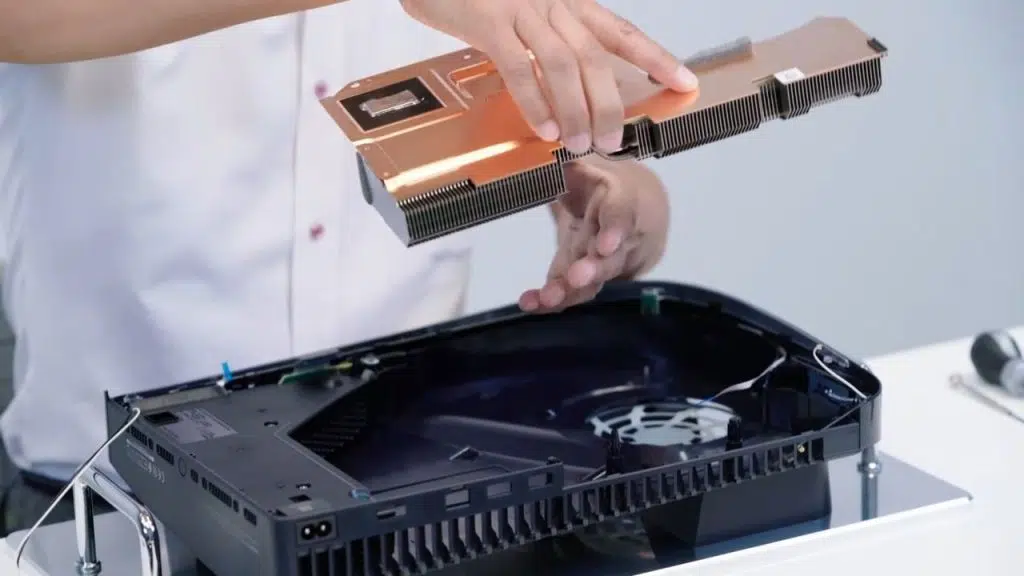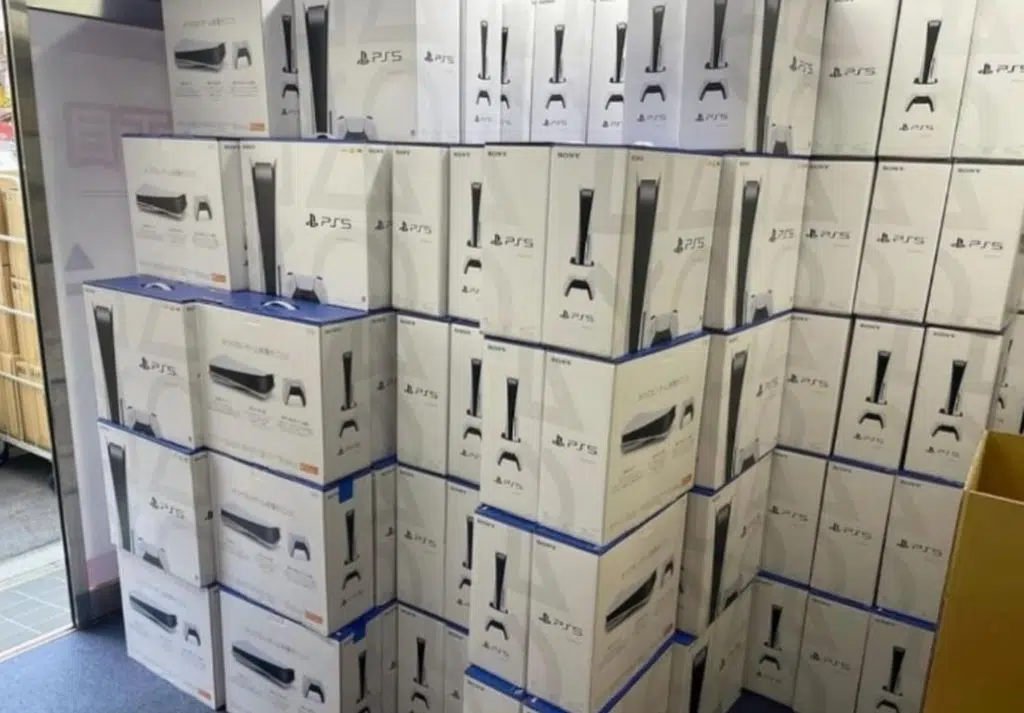Platform: PlayStation 5
Article Reading Time: 4 minutes
Sony recently revealed information about its results for the first quarter of its new fiscal year (April 1 to June 30). It sold 2.4 million PlayStation 5 consoles during the quarter, down from 3.3 million a year ago. So hardware sales are down, but even so, 61.7 million PlayStation 5 consoles have been sold, which isn’t bad at all. The results for the gaming division were otherwise positive, with sales up 12% year-over-year and operating income up 32%. According to the report, Sony owes this to increased first-party game sales (Helldivers 2, Stellar Blade, Destiny 2: The Final Shape, and Rise of the Ronin) and network services like PlayStation Plus. Given these results, Sony is now forecasting slightly better revenues for its games division for the 2024 financial year than at the beginning.
Strong Gaming Division Performance Despite Hardware Sales Drop
Despite the slight PlayStation 5 console sales dip this quarter, Sony’s overall gaming division performance remains strong. The decrease in hardware sales is not unexpected, as the PS5 is now in its fourth year on the market. This pattern is typical in console lifecycles, where initial demand surges and then gradually stabilizes.
The success of Sony’s first-party titles is particularly noteworthy. Games like Helldivers 2 and Stellar Blade have boosted sales and successfully demonstrated Sony’s ability to launch new IPs. This is crucial for maintaining player interest and expanding the PlayStation ecosystem beyond established franchises.
The growth in network services, especially PlayStation Plus, indicates Sony’s successful pivot towards digital and subscription-based revenue streams. This aligns with broader industry trends and provides a more stable, recurring income source compared to the cyclical nature of hardware sales.
Forecasting a Bright Future: Sony’s Strategic Moves and Market Adaptations
Sony’s optimistic forecast for the 2024 financial year suggests confidence in its upcoming game lineup and services. The company likely plans several high-profile releases to maintain momentum. Additionally, strategies, such as potential hardware revisions or bundles, maybe in place to reinvigorate hardware sales.
It’s worth noting that the gaming industry as a whole has been resilient in the face of global economic challenges. Sony’s positive results reflect this trend, showcasing the enduring appeal of gaming as a form of entertainment.
The company’s focus on diverse revenue streams – hardware, software, and services – provides a balanced approach that can help weather fluctuations in any single area. This strategy has proven effective so far and will likely continue to be crucial in maintaining Sony’s strong position in the competitive gaming market.
As the current console generation matures, it will be interesting to see how Sony adapts its strategies to maintain growth and engagement. This may include further expansion of cloud gaming services, exploration of new technologies like VR, or even early preparations for the next generation of console hardware.











